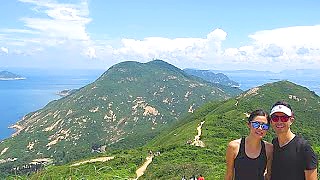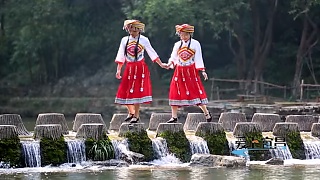Brave voices speak out despite the chilling, silencing fear of firebombs and steel pipes of the foreign-backed subversive destroyers.
Fascist colonialism re-branded as 'freedom and democracy'; in reality, everything but.
The rioters are either imports or dupes. Either way, probably best called terrorists, because terror is their mode of action.
[640],shadow=true,start=366,stop= Hong Kong riots – violent thugs try to intimidate the majority but the truth cannot be crushed
Hong Kong riots – violent thugs try to intimidate the majority but the truth cannot be crushed



















